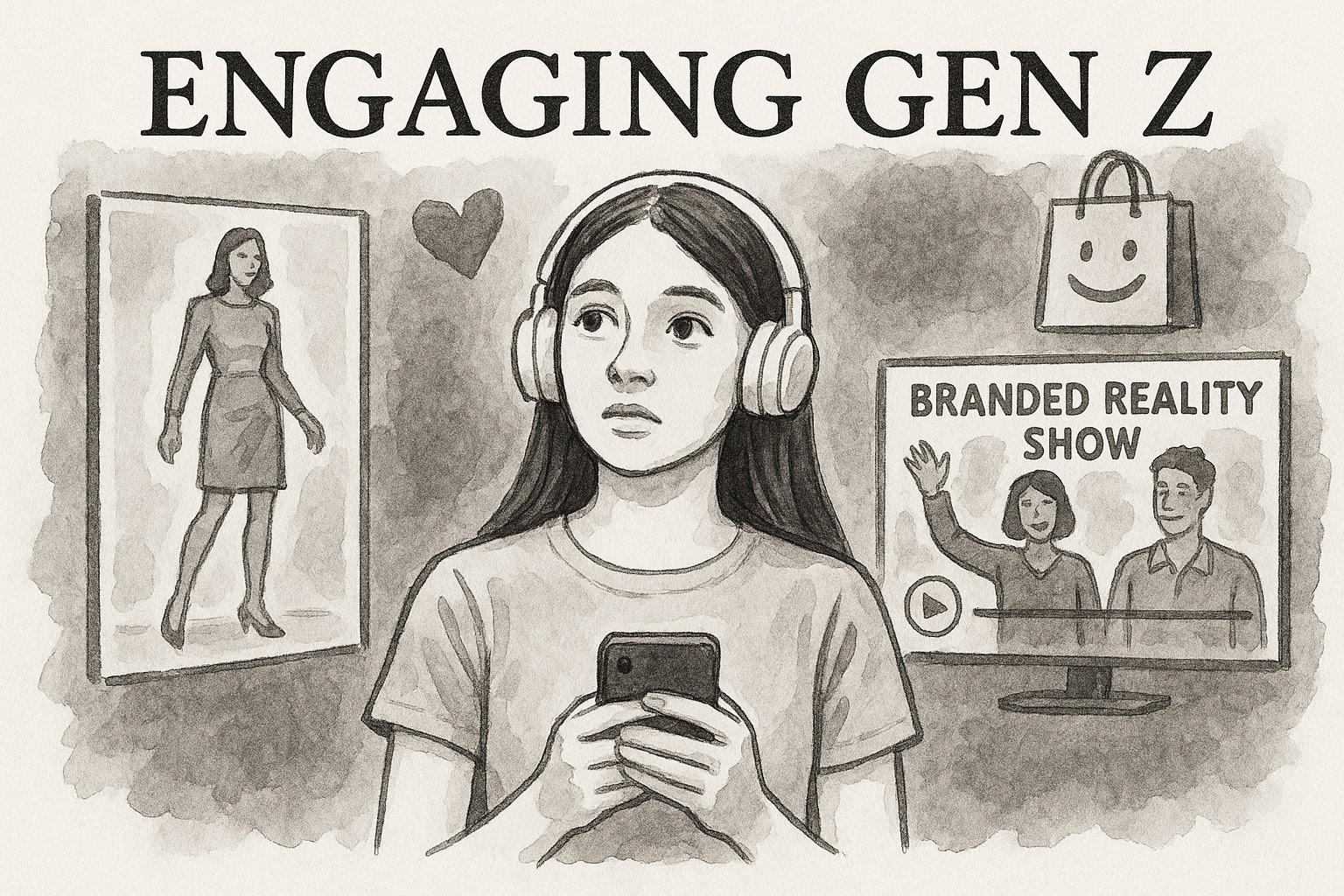
The Kids Are Alright (At Rewriting Commerce)

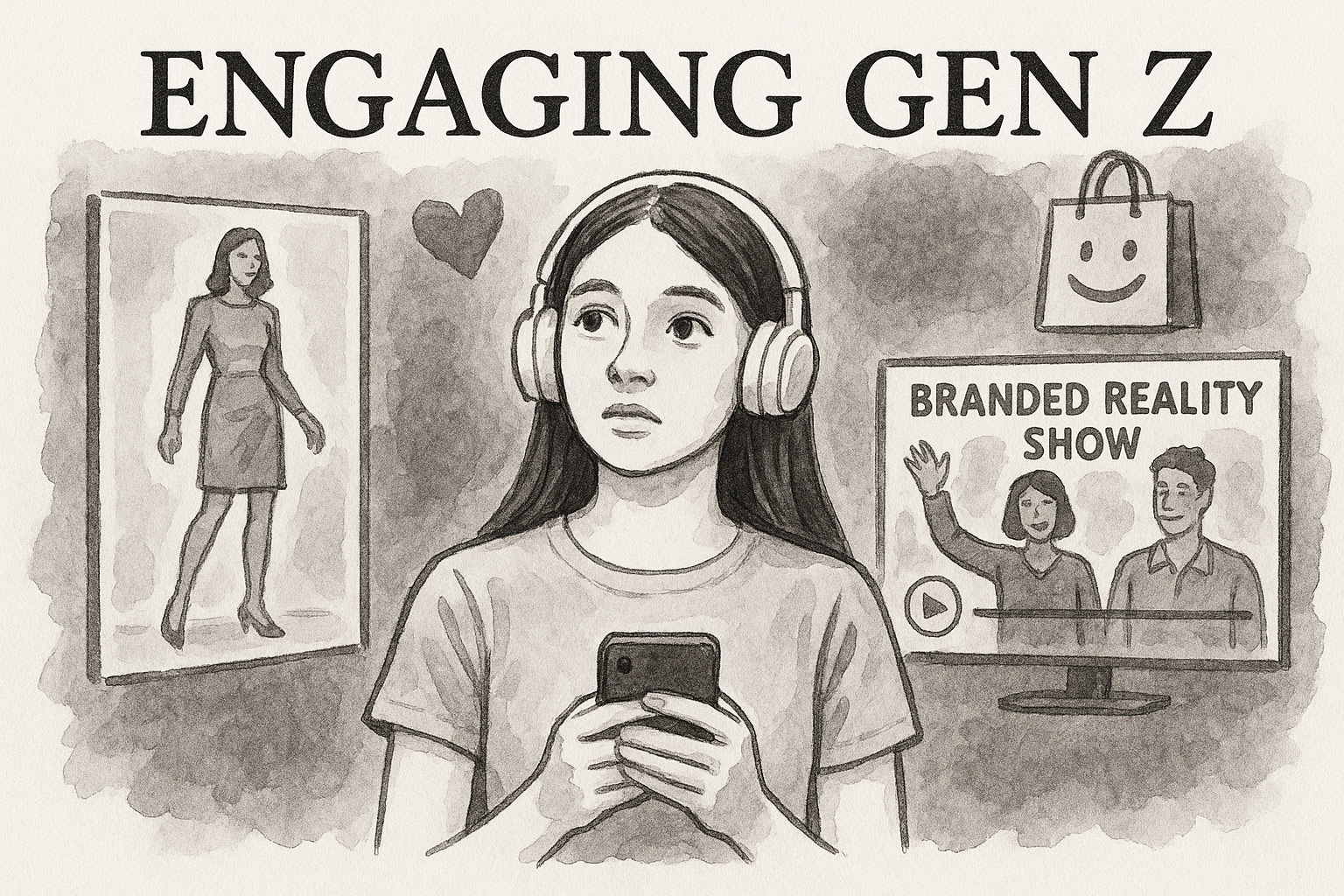
Welcome to Friday, futurists.
Today, we explore a new frontier of content and commerce’s convergence. From virtual fashion to branded reality shows, brands are pushing creative boundaries to make a more dynamic and unexpected presence in consumers' lives.
The goal? To engage Gen Z consumers who are gaining more spending power by the day. After all, they’re doing a lot more than staring…they’re single-handedly rewriting the brand experience playbook. We sat down with Melissa Gonzalez of MG2 Advisory to explore new data that illustrates just how dynamic (and at times contradictory) Gen Z is. If you want to learn how to create experiences that align with their emotional, physical, and social needs, listen to this week’s episode of the pod.
Plus, we dig into what OpenAI’s latest release means for agentic AI’s evolution and the looming monopoly case against Google.
P.S. Labubus craze still got you scratching your head? If you simply can’t get enough demographic research and cultural analysis, we’re going to chat even more with Melissa in an upcoming virtual session. We’ll add greater context to the MG2 Advisory research by sharing new insights on C.A.R.L.Y. (Can’t Afford Real Life Yet), a cohort we’re seeing evolve significantly with the rise of Labubus and food-forward retail activations. Click here to join us.

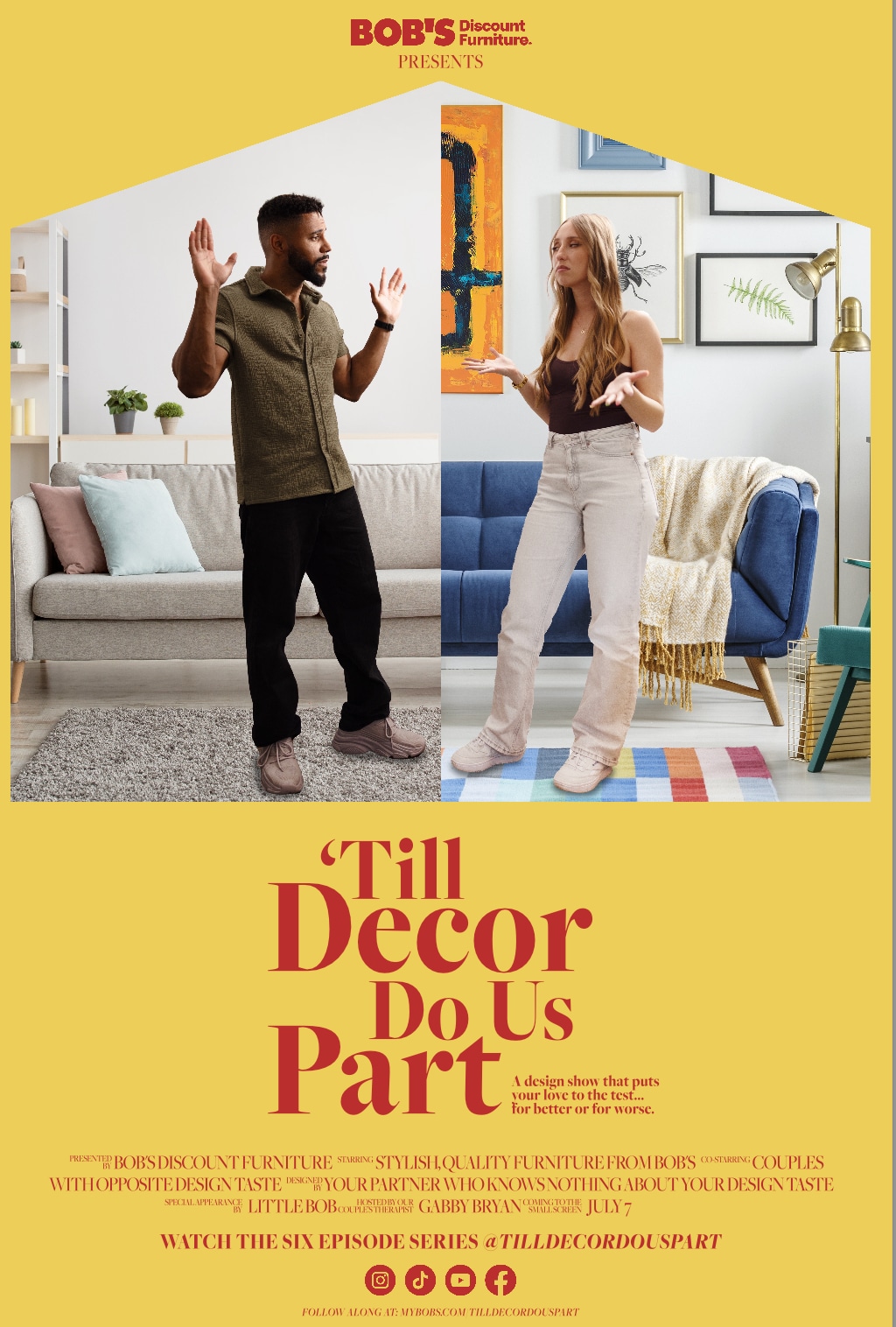
Discount Furniture Goes Cringe TV. Bob’s Discount Furniture is making its reality TV debut on social media. The retailer has launched Till Decor Do Us Part, a social-first unscripted series that turns design disagreements between real-life couples into bingeable content gold. Each week features one partner redoing a room solo while the other watches from the sidelines in real time, making the potential for schadenfreude even greater.
Beyond the drama lies a savvy brand play. Reality TV is seeing a major social-media-fueled revival thanks to Love Island USA, and short-form spin-offs like this are a must-watch for content-hungry Gen Z and millennial shoppers. Bob’s goes all-in with skits like Furniture Eulogies and Couch Therapy, plus an interactive “Find the Bob” hunt across TikTok, Meta, and YouTube. A clear shift from product-forward ads to serialized storytelling, Bob’s series shows that even discount furniture can capitalize on cultural moments.
Back-to-School Giddiness Meets Tariff Jitters. Retail school is in session. According to NRF’s latest back-to-school survey, 69% of shoppers started checking off school supply lists this month, up from 55% last year. This marks the highest number of consumers starting their seasonal shopping this early, with tariff threats and pricing volatility being major drivers. Over half of early shoppers said they’re stocking up before prices spike, however, 84% of shoppers say they haven’t completed half their lists. Nearly half of consumers (47%) also said they’re waiting for better deals, marking a major opportunity for merchants to get extra creative with their marketing and advertising campaigns. And with 55% of consumers saying eCommerce is their top shopping destination, brands can get even more crafty with testing offers, creative, and messaging.

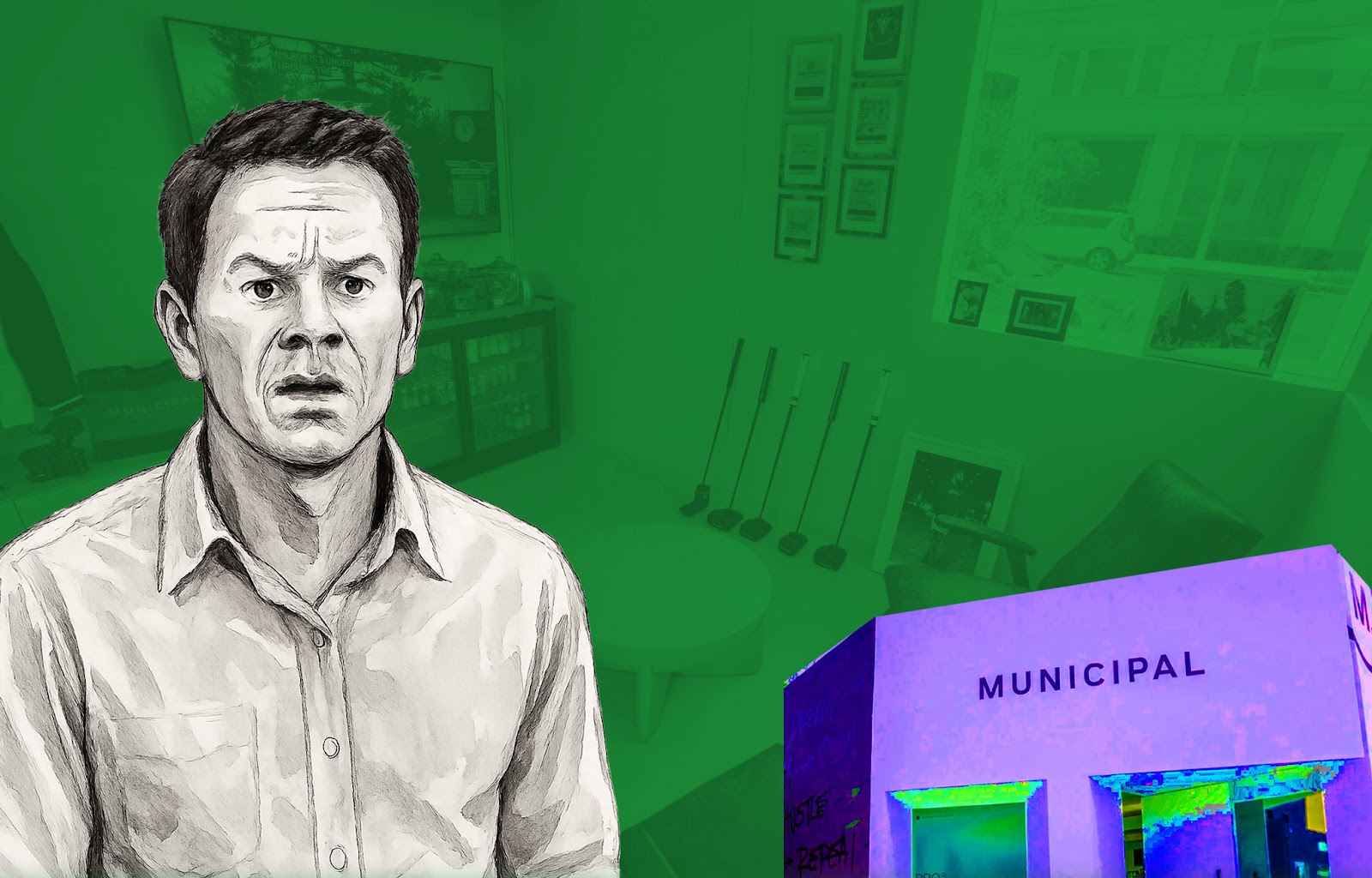
The Wahlberg Brand Universe. Mark Wahlberg’s Municipal is evolving from a celeb-fronted activewear brand into a full-blown lifestyle ecosystem. At least, that’s what the founders are hoping for. The new vision, which they’re attempting to label “Muniverse,” includes a new $100/year membership that promises brand loyalists discounts, event access, and exclusive drops. With 70% of the brand’s sales happening online and a customer base that’s currently 85% men, the brand is now experimenting with influencer campaigns and expansion into womenswear.
The brand, which launched in 2020 and has doubled revenue annually, plans to build out 20 flagship stores and 50 gyms over the next 5 to 10 years. Its first flagship in Oceanside, CA features an Urth Caffé and a barber shop while its Pro Shop concept creates an intimate “club house” vibe for shoppers. More hyper-local builds are in the pipeline.
†Image: Municipal, Editorial Artwork: Future Commerce Prompt Factory

British (Re-)Invasion? Burberry is starting to see the fruits of its turnaround efforts. The heritage luxury brand reported a 4% sales lift in the Americas for its Q1, from both loyalists and new customers. Although total global revenue dipped 1%, the decline was smaller than expected, and all major regions showed improvement over prior quarters. CEO Joshua Schulman’s first year at the helm has centered on restoring iconic heritage cues like the Burberry check and bringing back the beloved brand logo, with a slightly modern twist.
The broader luxury industry is facing some macro headwinds, including (you guessed it) tariff threats and lagging demand in key markets. But Burberry’s emphasis on humanizing its brand legacy in key campaigns featuring Oasis, Alexa Chung, and everyday loyal customers, seems to be paying off. The company’s major restructuring efforts didn’t seem to hurt either…

Sardine Girl Summer Is Suspiciously Real. No, “Sardine Girl Summer” isn’t a Spotify playlist name, it’s a trend (unfortunately). The pipeline from tinned fish to luxury fashion appears to be remarkably short.
The mainstream media, from news programs to fashion glossies, can’t stop talking about Sardine Girl Summer, and social trends point to two groups: the fitness girlies and foodies gobbling down tinned fish as a relatively healthy and cost-effective meal, and fashion-forward creators embracing a quirky, nautical style for their summer holidays.
Opportunities appear to be growing for merchants engaging the latter group. For instance, Poshmark reported that sales for items with “sardine” in the title and description increased 107% month-over-month and 427% year-over-year.
🔮 We first reported on the tinned fish craze in 2023.

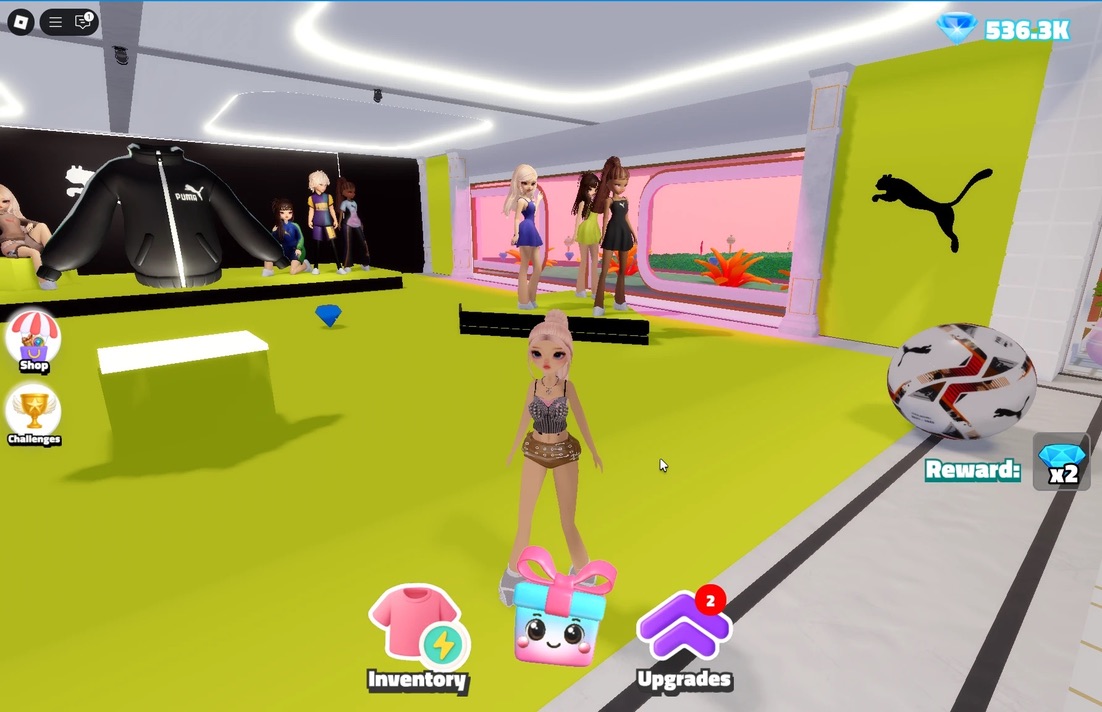
Roblox Just Became a Fashion Week Fever Dream. DressX has launched a new Roblox styling game called DressGo, bringing the brand deeper into the gaming universe. Players can unlock virtual mystery boxes, experiment with avatar outfits, and flex digital self‑expression. DressX’s first game partner, Puma, will use its existing Roblox catalogue and add three exclusive dresses to its collection. The “loot boxes” are categorized by rarity: base, chic, iconic, runway, or couture, creating a clear rewards system that motivates people to keep playing.
Beyond just a branding play, DressGo represents a more robust strategy in which DressX and Puma test gamified commerce and creator-led discovery. The mystery boxes mimic the dopamine hits of limited drops in sneaker and streetwear culture, giving players a reason to log in daily and spend their daily allowance of Robux. And because wearables can be unlocked, tried on in-game, and then purchased to wear platform-wide, the game essentially collapses the funnel. This is a new exciting move in the world of Roblox activations, where the lines between inspiration and conversion are blurring even more. You can see the evolution firsthand with our Roblox Activation Tracker.
Our Take: Up to 57% of Gen Z and 59% of Gen Alpha consumers discover brands in gaming and nearly half make purchase decisions influenced by their favorite streamers, making Roblox a hot hub for young consumers to explore culture and commerce. Digital self-expression is the ultimate goal, and this game is empowering young players (especially the still-under-served young female gamers) to style, shop, and share in one immersive loop. And although Puma is largely using its existing Roblox assets, there is a clear opportunity for DressX to expand its designer partnerships, with emerging brands and even influencers using the game as a destination to flex their creative muscles.
ChatGPTief of Staff. OpenAI has unveiled Agent Mode, which gives ChatGPT the ability to autonomously complete complex tasks ranging from booking travel to conducting deep research and building pitch decks using its own virtual computer. Merging Operator’s web-browsing capabilities with Deep Research’s analytical depth, ChatGPT can now click, code, analyze, and deliver, all after receiving a single prompt. Pro, Plus, and Team users can access ChatGPT’s new agentic capabilities via the tools dropdown and selecting “agent mode” at any point in a conversation. Similarly, human users can interrupt and intercept actions at any time.
It has been a busy few weeks, even days, for OpenAI, which is also reportedly in the process of building its own browser. The incredible evolution both OpenAI and Perplexity have seen in such a short time indicates how disruptive the search space could become, and completely reframes the monopoly claims surrounding Google. If these companies have anything to say about it, the future of search could very well be equal parts contextual and agentic.










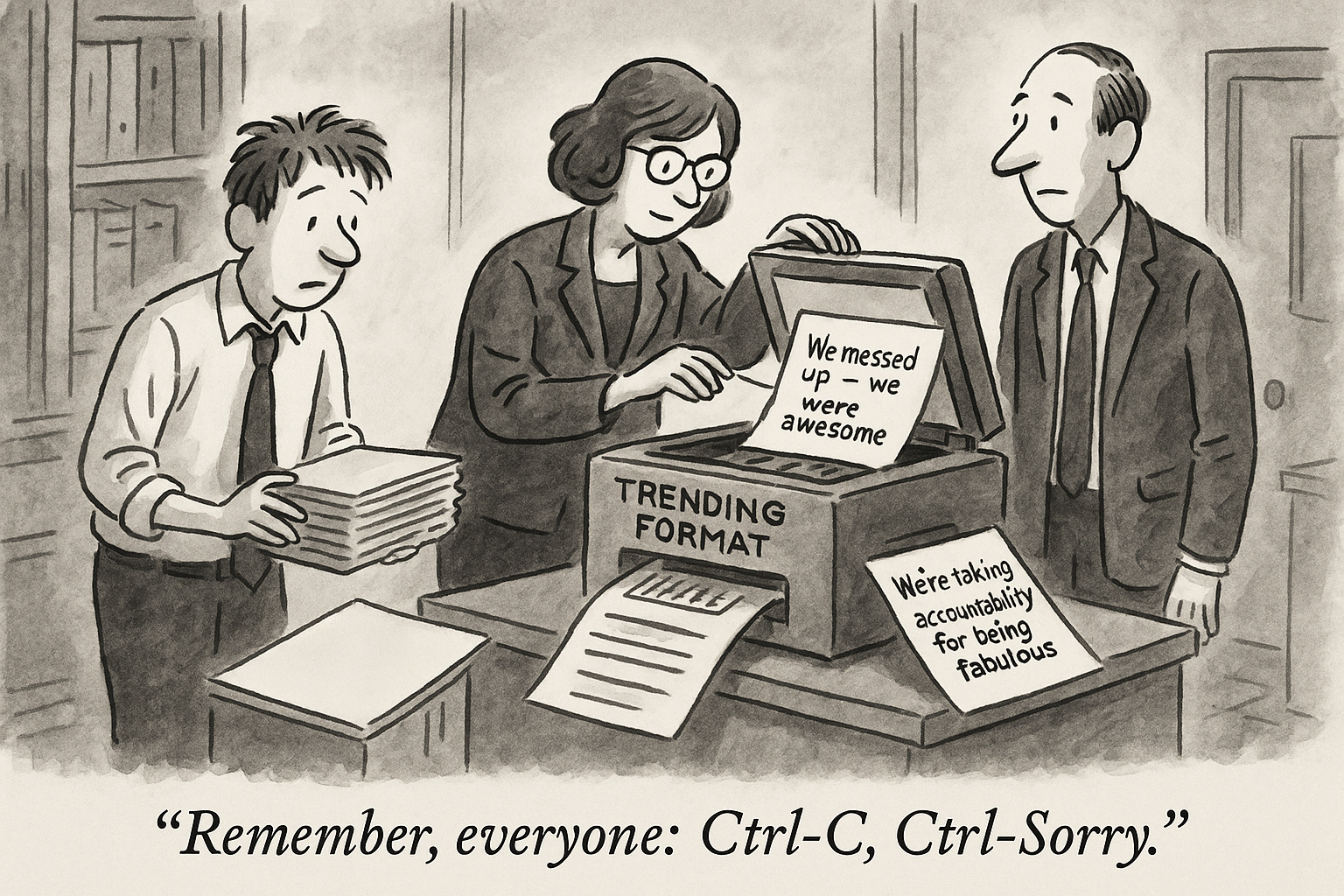
.svg)
